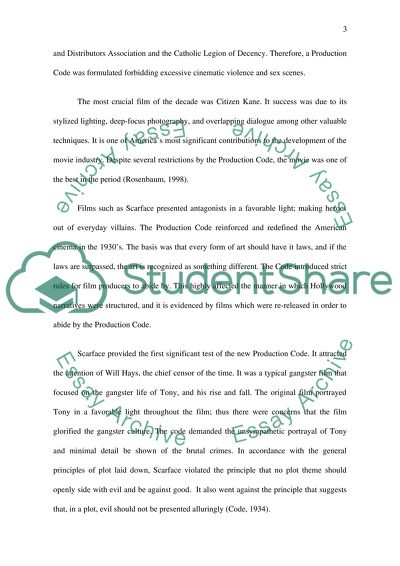Cite this document
(“Success of Hollywood Films despite Restrictive Conditions Essay”, n.d.)
Success of Hollywood Films despite Restrictive Conditions Essay. Retrieved from https://studentshare.org/visual-arts-film-studies/1449756-history-of-film
Success of Hollywood Films despite Restrictive Conditions Essay. Retrieved from https://studentshare.org/visual-arts-film-studies/1449756-history-of-film
(Success of Hollywood Films Despite Restrictive Conditions Essay)
Success of Hollywood Films Despite Restrictive Conditions Essay. https://studentshare.org/visual-arts-film-studies/1449756-history-of-film.
Success of Hollywood Films Despite Restrictive Conditions Essay. https://studentshare.org/visual-arts-film-studies/1449756-history-of-film.
“Success of Hollywood Films Despite Restrictive Conditions Essay”, n.d. https://studentshare.org/visual-arts-film-studies/1449756-history-of-film.


